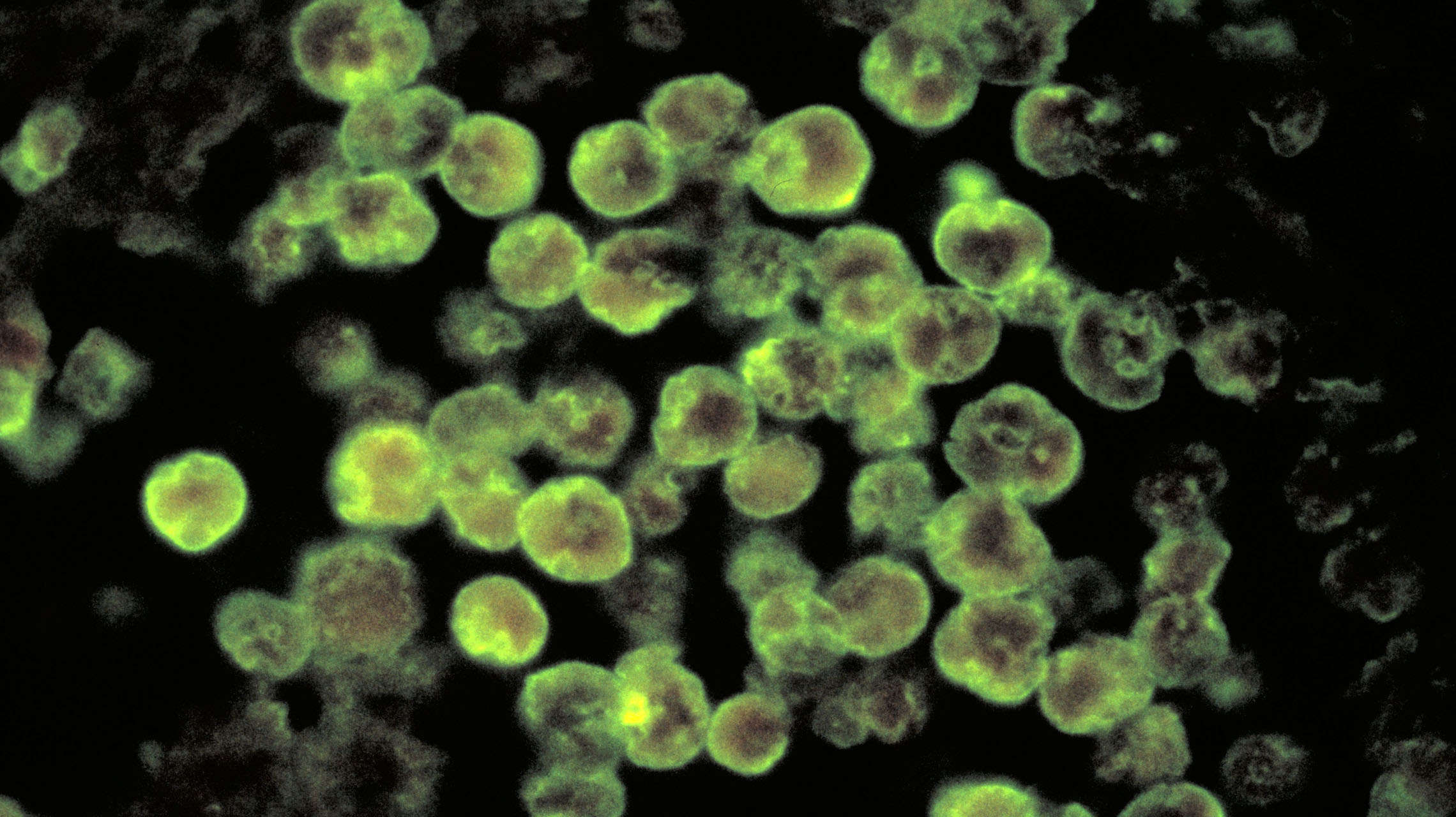Create a free profile to get unlimited access to exclusive videos, sweepstakes, and more!
We might have finally found out how lifeforms on Earth went from microbes to things like us

When life first spawned on Earth, it wasn’t like humans or even dinosaurs started crawling out of nowhere, but more like amoebic things swarming in a primordial swamp. It took eons for multicellular life-forms to come into being.
Humans are made of cells — about 30 trillion of them. But how did life go from blobs of single-celled organisms to so many forms of complex multicellular life that include us? Hydroxy acids may have the answer, if you ask Tony Z. Jia of the Earth-Life Science Institute (ELSI) of Tokyo Institute of Technology and Kuhan Chandru of the University of Chemistry and Technology in Prague. They co-led a study recently published in Biomacromolecules, which shows how alpha-hydroyxy acids or AHAs (the same stuff in some really high-end skincare) could have been the base for multicellular evolution.
“Polyesters formed from hydroxy acids could have formed somewhat labile polymers fairly easily, through simple drying conditions on early Earth, perhaps before the advent of peptides, which would have been more difficult to produce,” Jia told SYFY WIRE in an interview.
Hydroxy acids can spontaneously link together. If that sounds like alien fiction, the science in it is the bonds they create. These bonds between a hydroxyl group (OH) and a carboxyl group (COOH), called ester bonds, cause them to link together and also start a process known as dehydration synthesis. The process itself is switched on by dehydration. To simulate what could have been going on when Earth was still a young planet, Jia, Chandru and their research team used heat to dehydrate AHAs and push ester bonds to form.
Peptides are molecules made of chains of amino acids. Another so-called miracle ingredient for skincare, peptides don’t come about as easily because of the need for more energy, but when they do, they have solid bonds. Add those to AHAs and you can see where this is going. No wonder these things are the superstars for face creams and serums that promise youth in a bottle.
“The prebiotic mix where the origins of life started is filled with a myriad of organic compounds that largely consist of non-biological compounds and only some biomolecules, like amino acids,” Chandru told us. “Ester bonds have the potential to pave the way towards building higher-order structures that may have contributed to the origins of cellular organisms."
What happens when hydroxy acids are dehydrated could have been the primitive backbone for multicellular life on Earth. AHA monomers (single molecules) were dried and then rehydrated. It was when water was added that these dehydrated monomers went through the phase separation process and bonded into polymers, specifically polyesters, that formed droplet-like structures with no membrane. The researchers believe that the compartments in these droplets may have preceded those in actual cells, which would be necessary for separating chemicals that would react, and allowing chemical reactions when needed. Some that were experimented with even had the potential to hold RNA.
Survival of early cells that may or may not have evolved from these polyester structures was not easy on a planet that was still going through huge geological changes that also affected its chemistry. Even amoebas needed to evolve to withstand their environments, from pools of water that were too salty or acidic to temperatures that were too high when our planet was still a literal hot mess. Cells that were able to make it through and create the next generation also passed on the mechanisms that helped them survive.
“The early Earth contained a significant amount of chaotic and degradative conditions, especially for primitive chemicals and cells,” Jia said. “Prebiotic chemical systems could have developed traits for survival even well before the formation of the first protocells on Earth.”
How exactly life on Earth originated, and what triggers could have made it multicellular, are still unanswered questions, which is something both Jia and Chandru both emphasized to us. It is still impossible to just create life from nothing. Though you can’t replicate the first life-forms on Earth in a test tube, at least yet, what they found by using their existing knowledge can push future studies that keep evolving the research. They themselves will continue to experiment with chemicals that could have reacted to form the first cells that would eventually create complex multicellular organisms.
“Being able to link these systems, chemically, physically, mechanistically, structurally, or in some other way, would provide a much greater understanding of the origins of multicellular life,” said Jia. Chandru added that “by exploring non-biological prebiotic compounds, one can better answer the origins of life conundrum.”
As they continue to figure out exactly what could have happened 4 billion years ago, maybe the side effects of this research could result in the most potent anti-aging cream ever.



























